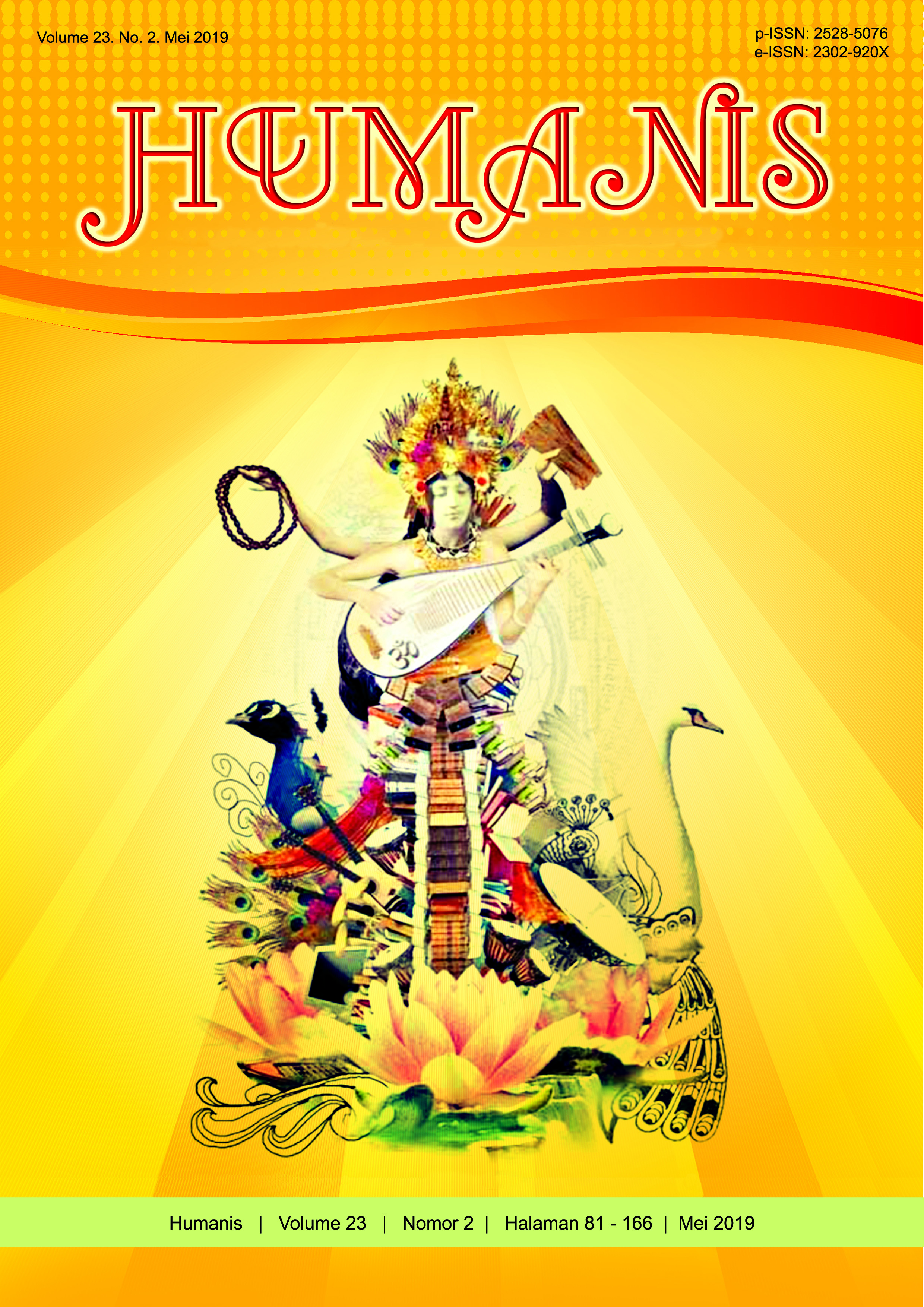Politeness Principles in “Donald Trump’s Election Victory Speech"
A Pragmatic Study
Abstract
This paper entitled “Politeness Principles in Donald Trump’s Election Victory Speech: A Pragmatic Study” discusses the maxims of politeness principles, illocutionary acts and the illocutionary functions found in the victory speech of Donald Trump on November 7th, 2016. The purpose of this study is to define how far the maxims of politeness principles, the illocutionary acts and the illocutionary functions affect Donald Trump’s speech. This research was conducted using qualitative descriptive design. It was concerned with the explanation of utterance produced by Donald Trump in which politeness principles, illocutionary acts, and illocutionary functions occur. The primary source was the transcript of the speech retrieved from https://www.nytimes.com. In directing the study, the researcher; identified the data and then categorized them, clarified the categorized data, analysed the classified data, interpreted the data, reported the discovery and presented the data in the discussion. The analysis started with what types of politeness principles employed by Donald Trump, illocutionary acts, the illocutionary functions and ended with the discussion about the most dominant maxim used by Donald Trump. The conclusions presented that there were 21 utterances which contained 6 forms of politeness principles. Trump tended to use the expressions of tact maxim (6 utterances), generosity (4 utterances), approbation (5 utterances), modesty (3 utterances), agreement (1 utterance), and sympathy (2 utterances). The types of illocutionary acts; assertive in 4 utterances, directive in 5 utterances, commissive in 5 utterances, expressive in 7 utterances, and declaration in none. Illocutionary functions found were as follows; competitive function in 4 utterances, convivial function in 13 utterances, collaborative functions in 4 utterances, and conflictive function in none. The furthermost leading maxim from politeness principles was tact maxim which means that Trump tried to maximize the benefit of other and minimize the cost to other.
Downloads
References
Elizabeth, Conny. (2014). “Politeness Principles in Barrack Obama’s Interview” (online International Journal-article). Medan: State University of Medan.
Hornby, A.S. (2010). Oxford Advanced Learner’s Dictionary.8th Edition. London: Oxford University Press.
Leech, Geoffrey. (1983). Principles of Pragmatics. New York: Longman Group Limited.
Neufeldt, Victoria & Guralnik, David B. (1996). Website’s New World College Dictionary. New York: A Simon & Schuster Macmillan Company.
Searle, John R. (1969). Speech Acts: An Essay In The Philosophy Of Language. New York: Cambridge University Press.


















